
JAPANESE PRINTS
A MILLION QUESTIONS
TWO MILLION MYSTERIES
|
Ukiyo-e Prints 浮世絵版画 |
| Port Townsend, Washington |
|
ASHIYUKI
芦幸 Active: Ca. 1814-1833 |
|
ACTOR: Nakamura Utaemon III (三代)中村歌右衛門 なかむら.うたえもん |
|
ROLE: Takechi Mitsuhide 武智光秀 たけち.みつひで |
|
PLAY: Matsushita Kaheiji Renga Hyōban 松下嘉平治連歌評判 まつしたかへいじれんがひょうばん |
|
SIZE: 14 7/8" x 10 1/8" |
|
DATE: 1829, Ninth month Bunsei 12 文政12年9月吉日 |
|
PUBLISHER: Honsei
夲清 ほんせい |
|
SIGNATURE: Gigadō Ashiyuki ga
|
|
Illustrated:
|
|
SOLD! |
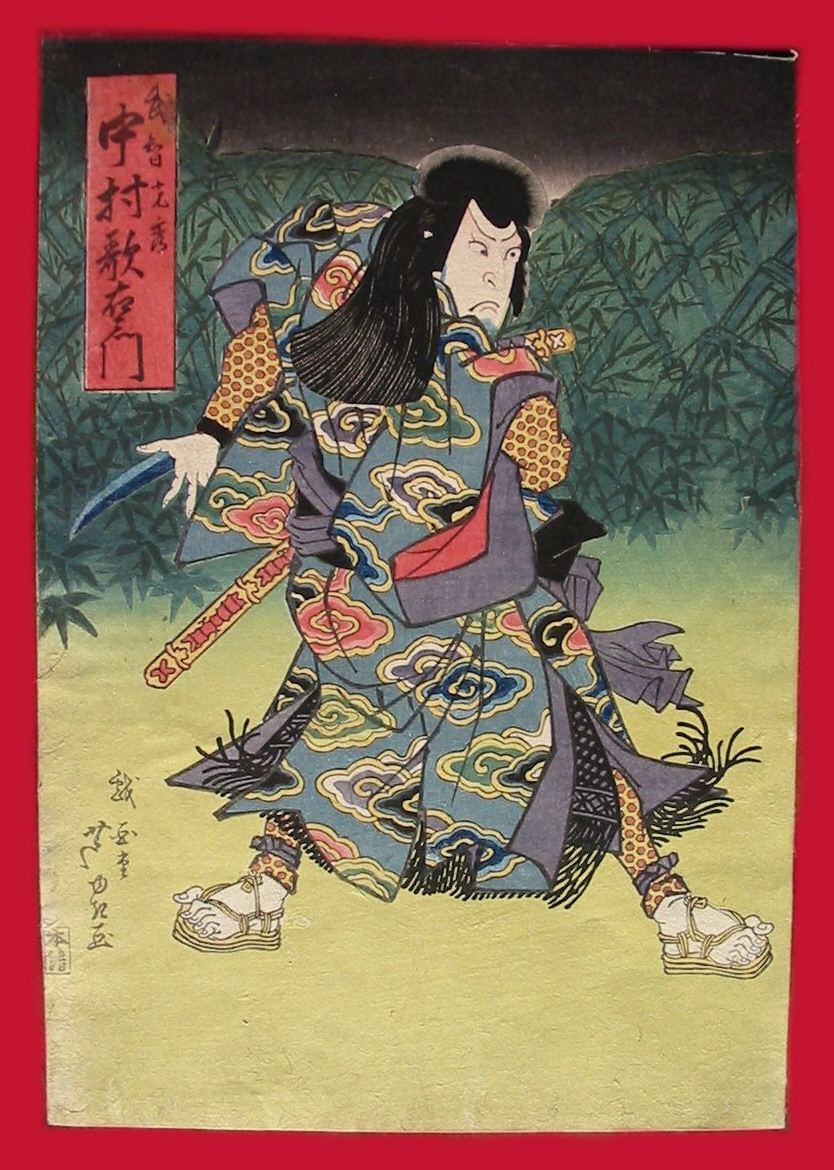
|
YOU CAN CALL ME FRED! OR, YOU CAN CALL NED! OR, YOU CAN CALL ME TED! JUST CALL ME!
SO WHAT'S IN A NAME? |
|
|
|
During the Tokugawa period there were laws against portraying real people either historical or contemporary. That is why the actor in this print plays a fictitious character named Akechi Mitsuhide, but in reality is the historical figure Takechi Mitsuhide. Not much of a stretch there, but obviously enough to get by the censors of their time. There is a triptych from ca. 1791 by Shun'ei in the Buckingham Collection of the Art Institute of Chicago --- ex-collection of Frank Lloyd Wright --- which includes an actor as Takechi Mitsuhide. In the entry on these prints Timothy Clark notes: "Kanagaki Muromach Bundan was a version of Taikōki, the famous historical saga of the assassination in 1582 of the dictator Oda Nobunaga by his retainer Akechi Mitsuhide, who in turn was quickly destroyed by Nobunaga's general Toyotomi Hideyoshi. Since plays dealing with such relatively recent events were forbidden, the names of the characters were thinly disguised."(1) But why would the authorities want to proscribe artistic productions of such events? Think about it. Nobunaga was killed by one of his underlings and cohorts. While this doesn't rise to the level of regicide it comes damn near. Mary Elizabeth Berry said: "Despite his claims upon fame and his shocking end, Nobunaga died unlamented. A man who had lived by the sword with uncommon ferocity and immersed Japan in a bloodbath it would never forget, he came, by most accounts, to a suitable reckoning. The prevailing distaste for the man emerged in sympathetic expositions of Akechi Mitsuhide's motives for treachery."(2) That's right: Mitsuhide had his motives and from a historical distance they seem rather sound. One of them involved the death of his mother as an act of revenge ordered by Nobunaga. "By the end of the eighteenth century, the popular theater reflected a consensus on Nobunaga's villainy when it allowed his assassin this speech of exoneration: 'Heedless of remonstrations, Nobunaga destroyed shrines and temples, daily piling up atrocity upon atrocity. It was my calling to slay him for the sake of the Warrior's Way, for the sake of the realm.... Both in our country and in China, the murder of a lord who does not know the Way has been the task of great men who thus give relief to the people.' "(3) Great men who give relief to the people?! This monologue alone would pose a threat to whomever was the sitting shogun at the time and hence would call for proscription. But the times had changed by the late 18th century and things were getting by the censors which would have been nipped in the bud long before they made it to the stage. |
|
|
|
1.The Actor's Image: Print Makers of the Katsukawa School, by Timothy Clark and Osamu Ueda with an essay by Donald Jenkins, Princeton University Press, 1994, p. 336. 2. Hideyoshi, by Mary Elizabeth Berry, The Harvard University Press, 1982, pp. 41-42. 3. Ibid., p. 42. |
|
The print on this page is one of a tetraptych.
|
|||
|
The full set is shown below, but is NOT for sale. We are displaying it here simply for your information. |
|||
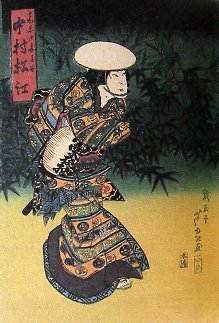 |
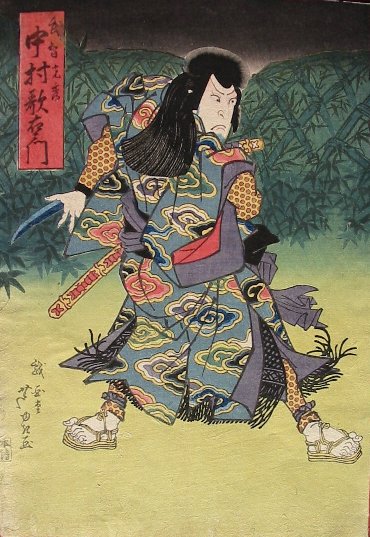 |
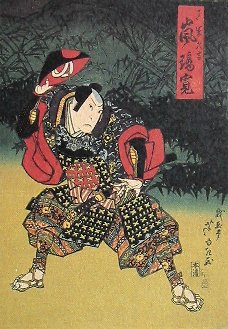 |
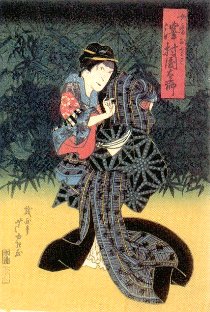 |
|
|
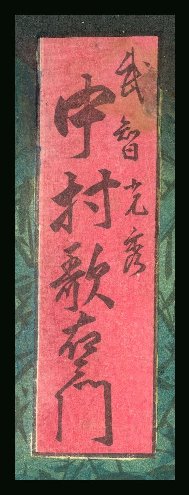 |
|||
| LABEL IDENTIFYING THE ACTOR NAKAMURA UTAEMON III AND HIS ROLE AS TAKECHI MITSUHIDE |
|
TO LEARN MORE ABOUT NAKAMURA UTAEMON III CLICK ON THE LINK BELOW TO THE BEST KABUKI SITE ON THE INTERNET! |
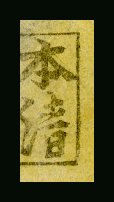
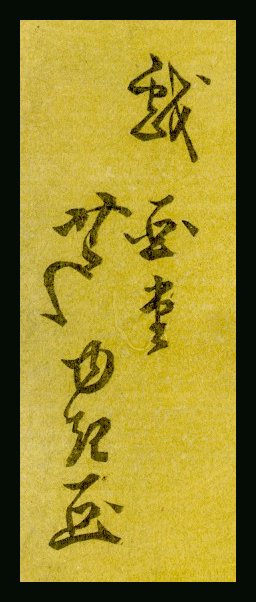
 HOME
HOME